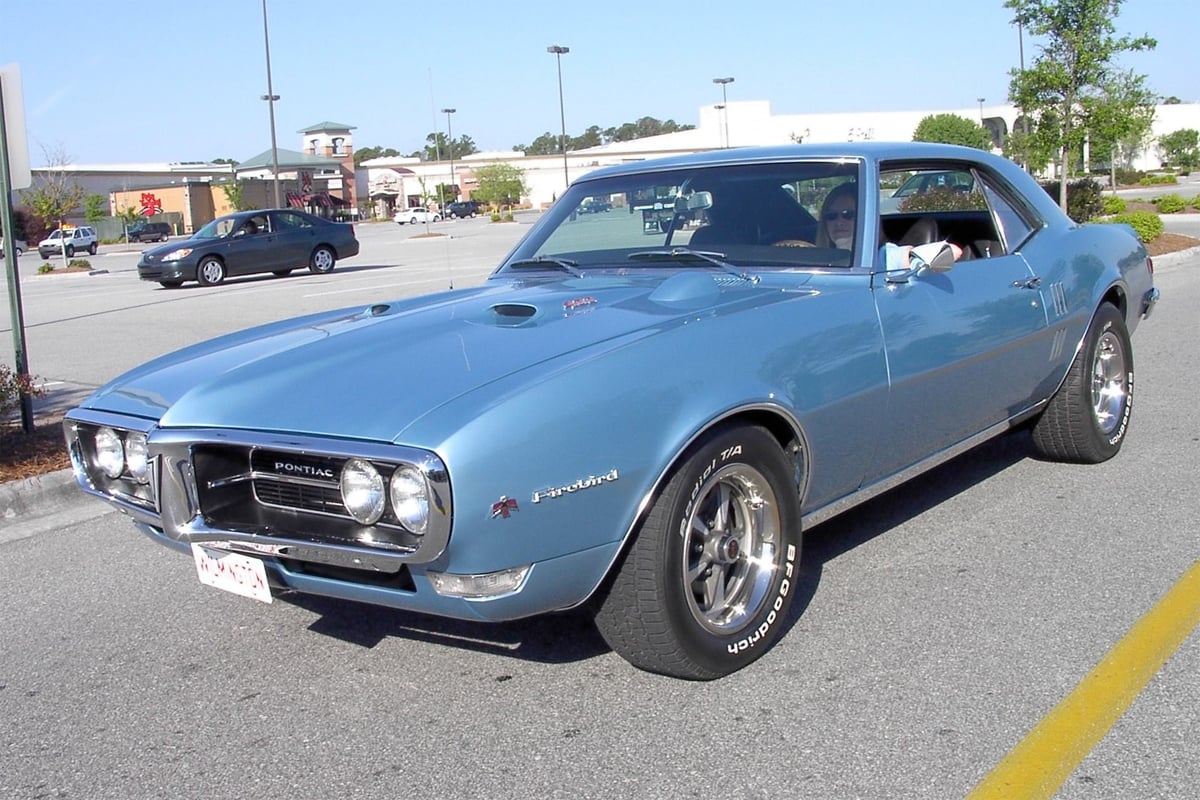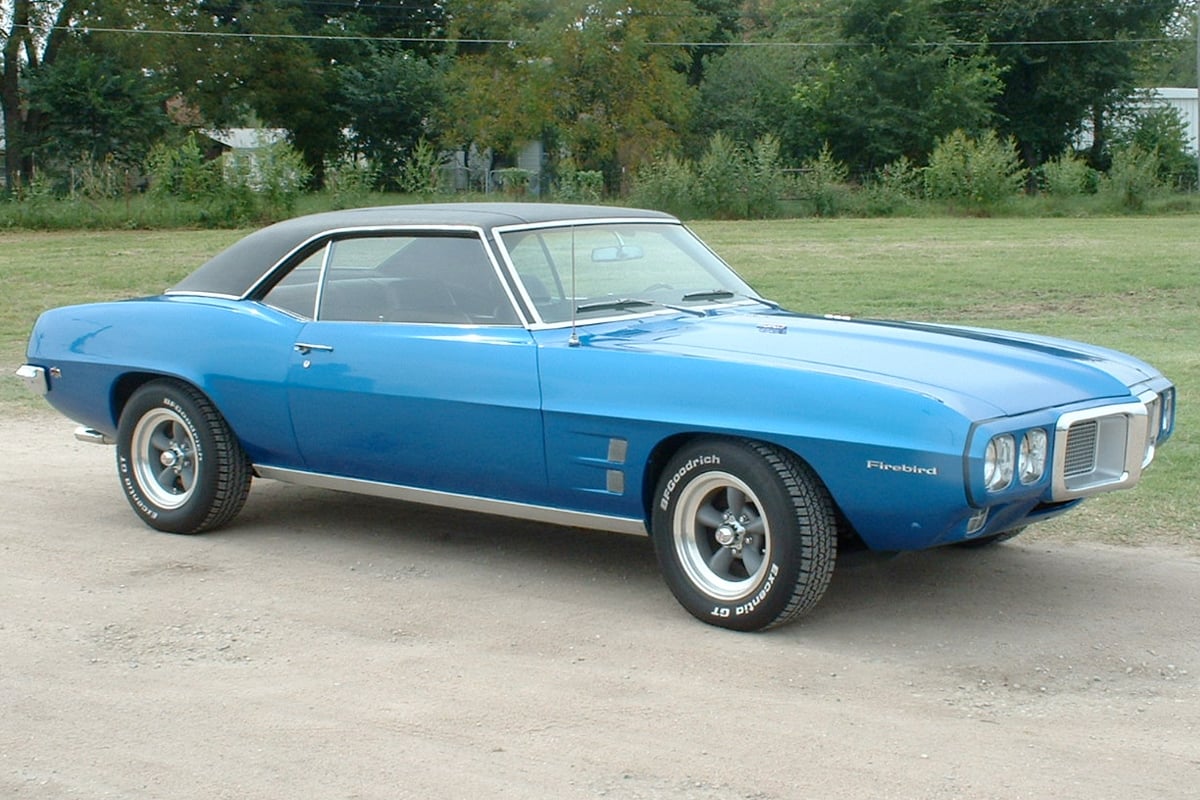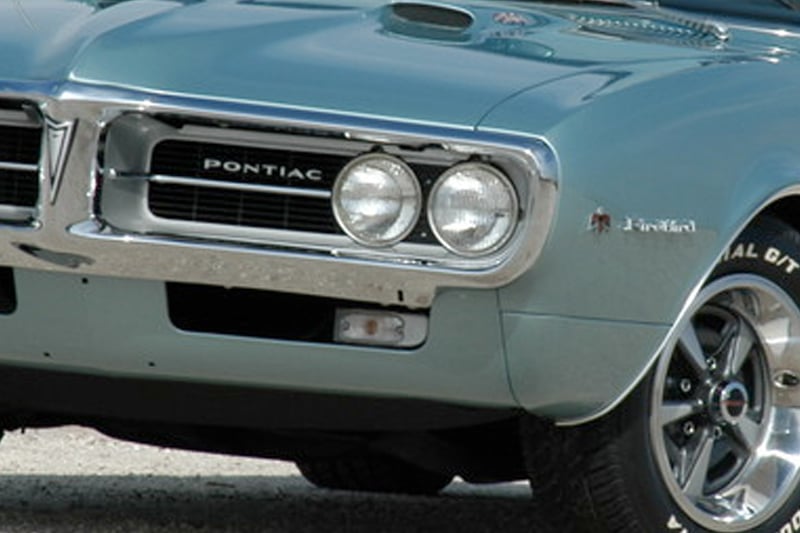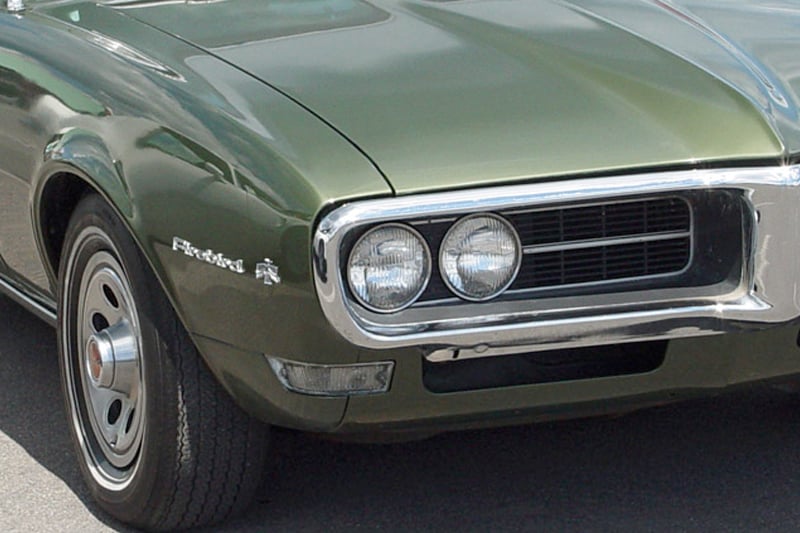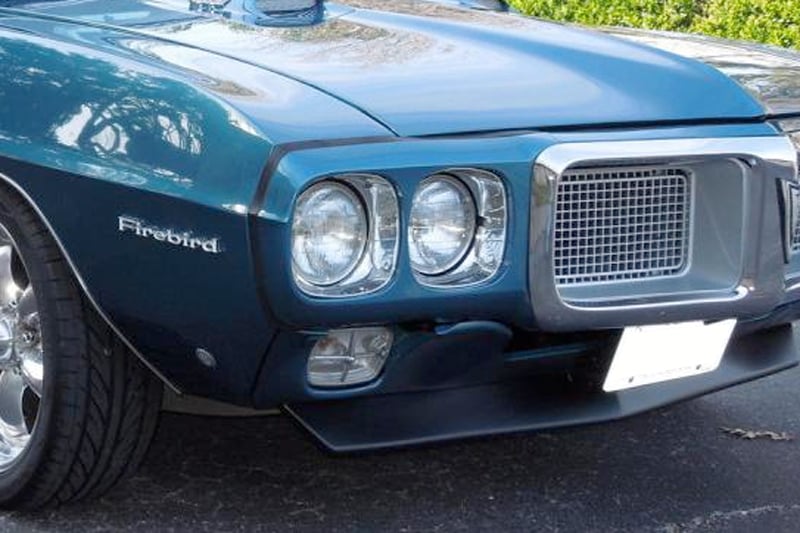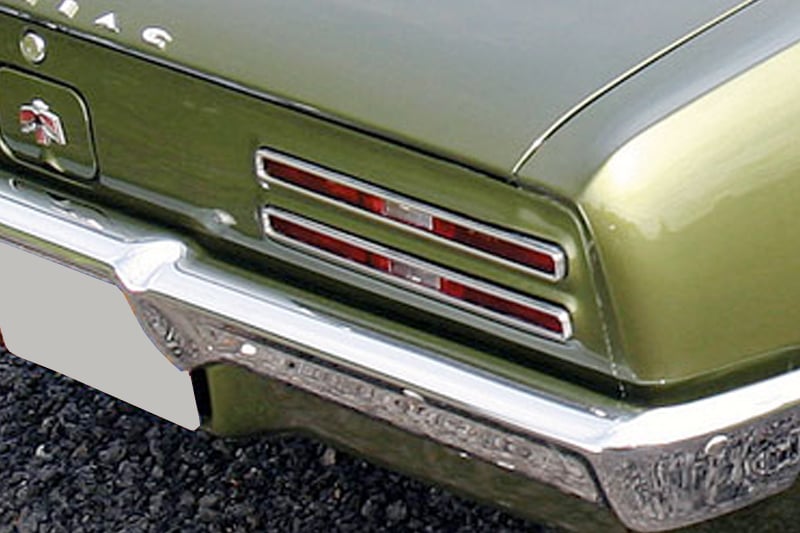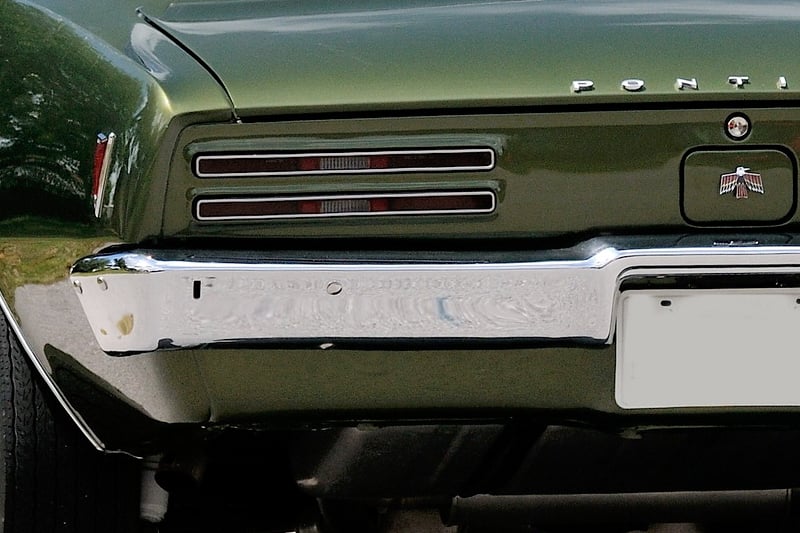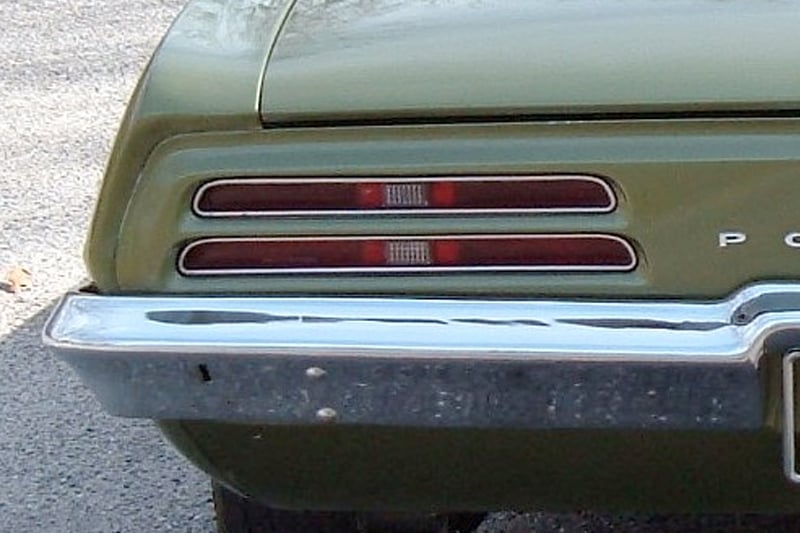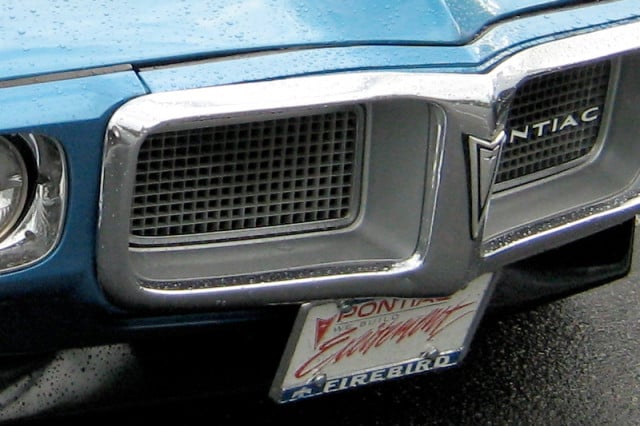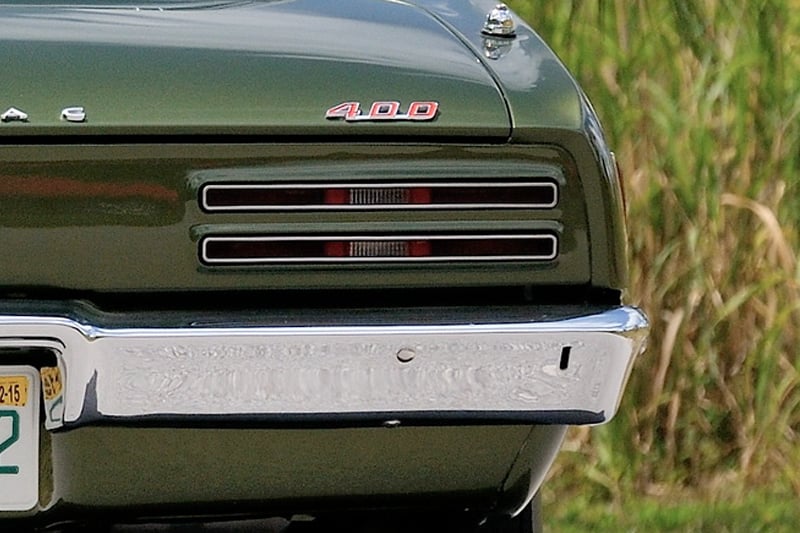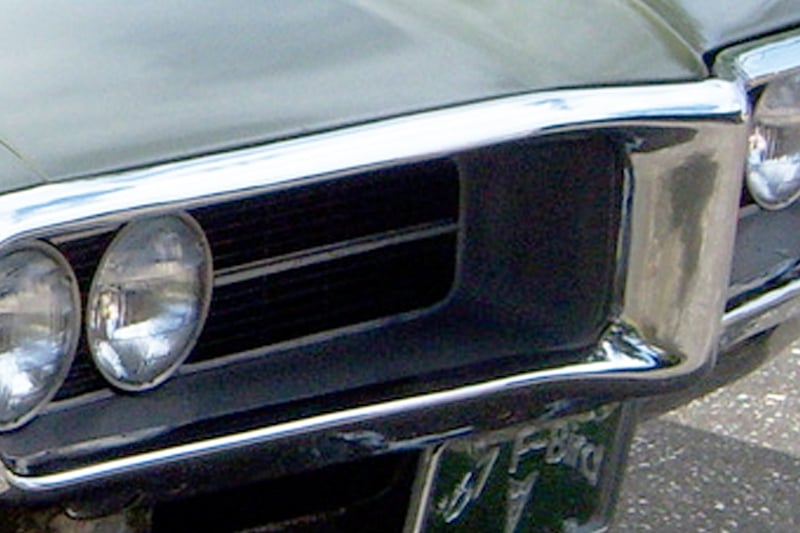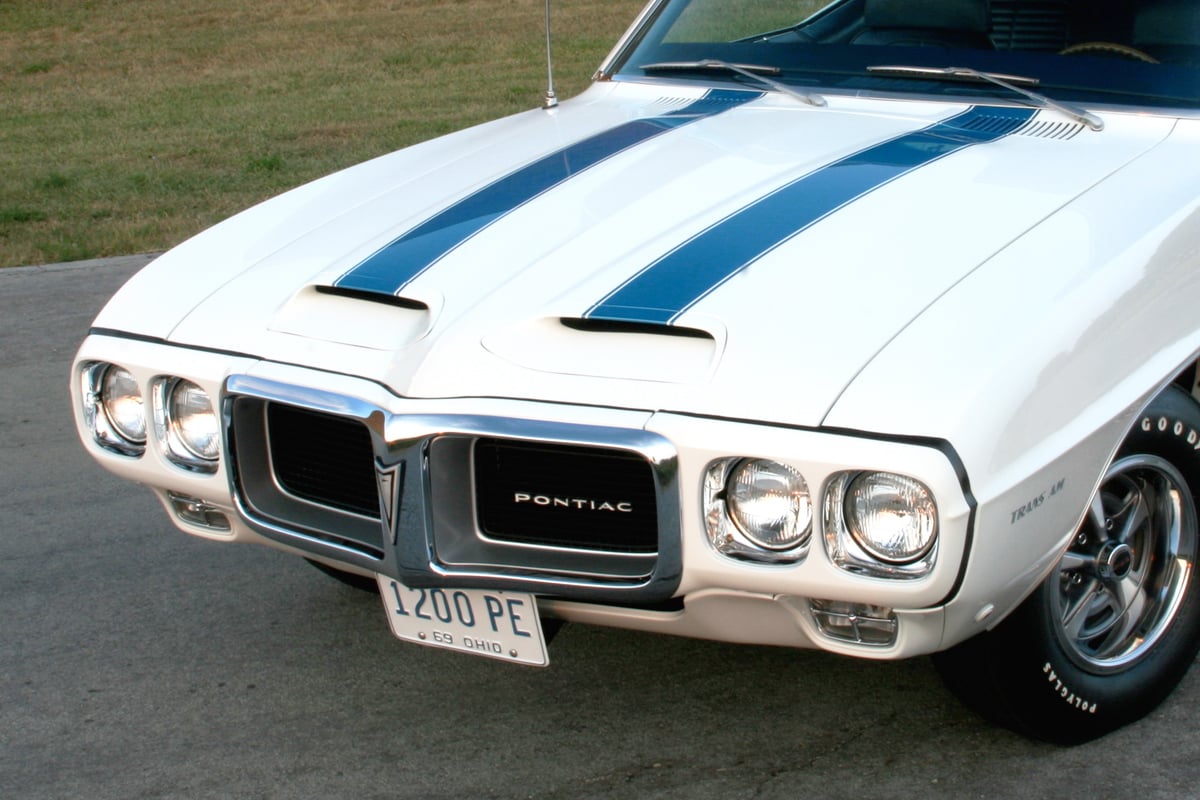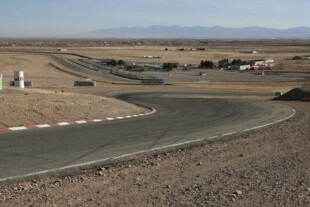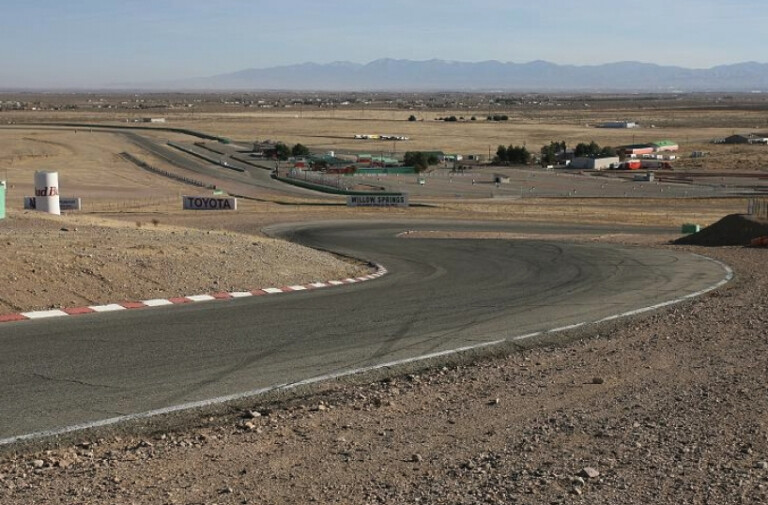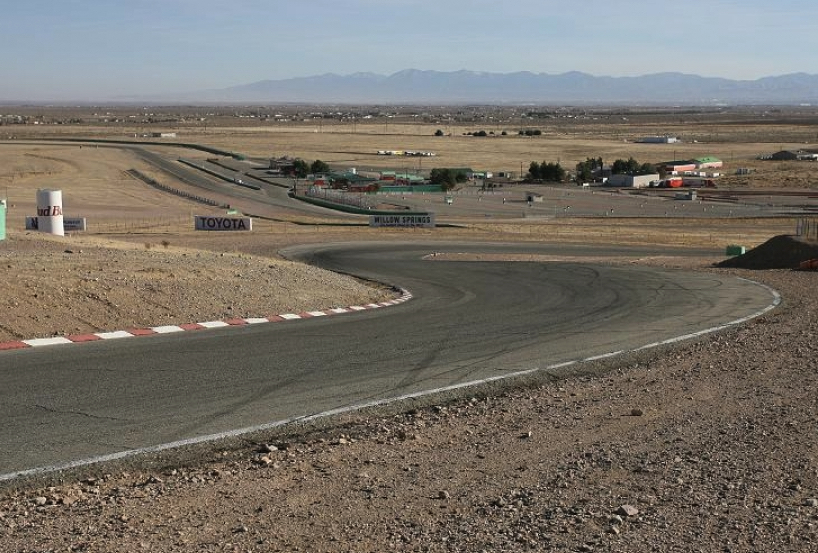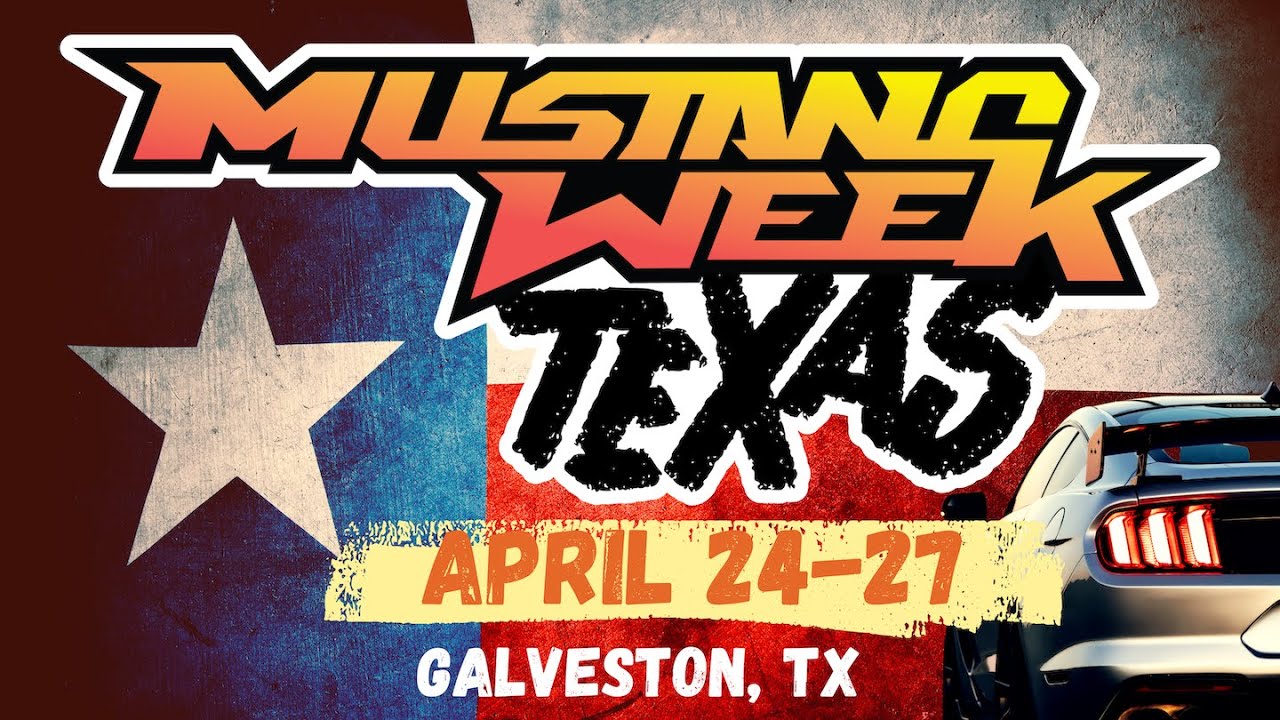 How many times have you looked at a Firebird and you thought it was a ’68, but maybe it could be a ’67? For our first article in this series, we brought you the differences in the first gen Camaro. We figured it would only be natural to follow it up with the other F-body – the first gen Firebird. While many thought that the telltale signs were easy for the Camaro, our goal is to help those who are not yet able to distinguish the differences between the model years
How many times have you looked at a Firebird and you thought it was a ’68, but maybe it could be a ’67? For our first article in this series, we brought you the differences in the first gen Camaro. We figured it would only be natural to follow it up with the other F-body – the first gen Firebird. While many thought that the telltale signs were easy for the Camaro, our goal is to help those who are not yet able to distinguish the differences between the model years
After all, nobody is born with this knowledge, and anyone who knows the differences had to learn it at some point. We reached out to Classic Industries for some assistance on this series, and to view its vast online catalog. Since not every car on the road has the correct or original parts, this spotters guide is to identify how each car came from the factory. That’s what our “At A Glance” series is all about, and we hope it helps give you the confidence to show your knowledge next time you hit a car show.
Looking at the first two model years, the Firebird is almost identical for 1967 (left) and 1968 (center). But there are some differences that allow you to tell them apart. 1969 (right) brings all new sheetmetal and lots of differences to the table.
The 1967-1969 Firebird differences are pretty simple, and for many of the same reasons as the first gen Camaro. Some of these details will help you determine what year a Firebird is – especially when you don’t have the car in front of you, such as seeing a picture on the internet.
Starting off with 1967, the vent window is a dead giveaway on the Firebird, just like it is on the 1967 Camaro. Likewise, the vent window is gone for 1968 and 1969 Firebirds; and the 1969 Firebird has a complete new set of sheetmetal. 1969 models can easily be identified by the horizontal body lines extending from the top of each wheel opening.
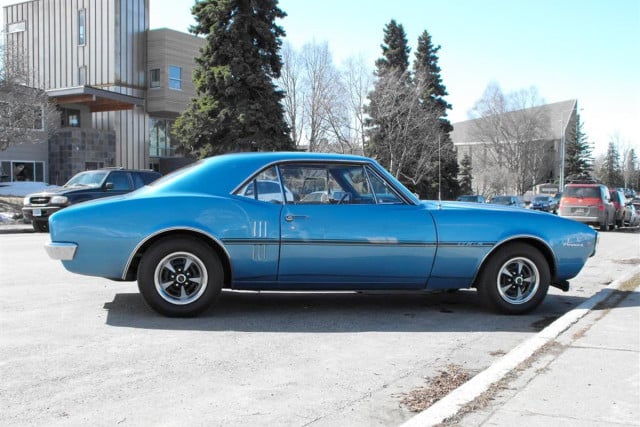
For 1967-1968, the Sprint and H.O. trim packages had a stripe down the side. The Sprint had a similar stripe as above, minus the lettering. The car above can be identified as a 1967 because of the vent window and missing side marker lamps.
Other than the Firebird 400 and Trans Am, there were a few trim packages that can be identified simply by a decal or emblem, but are otherwise identical to the Base model from a visual perspective. For this guide we’ll stick with identifying the differences between the three model years, listed below as the Base model, Firebird 400, and Firebird Trans Am. The differences are more visual for these three packages.
You can identify the 1967-’68 Sprint models by the thin stripes down the side, while 1969 Sprint models have an emblem at the front edge of the rocker panel. Likewise, the HO models for 1967-’68 will have similar stripes broken up by “H.O.” on the front fender. The 326 and 350 models had badges on the rear edge of the hood bulge for all three years.
Base Model – Front Identification
Looking at the front lamps, the 1967 (left) and 1968 (center) are harder to tell apart, but those front signal lamps help determine the year. The front side marker lamp first shows up in 1969 (right), you can see the small, round lamp below the fender. The 1969 Firebird has a sharp body line extending to the front headlamp bezel.
The easiest way to distinguish a ’67 and ’68 from the front is going to be the turn signals and the grille surround color. Although the grilles look identical, the ’67 grille surround is silver, and the ’68 grille surround is black. The headlights on the 1969 model are outside of the front bumper chrome, whereas 1967-’68 are encompassed in the front bumper chrome. Front side marker lamps show up for the first time in 1969 with a small, round lamp below the front fender line.
The 1967 Firebird has the signal lamp under the bumper, inside the front valance opening, whereas the 1968 model has a curved signal lamp moved out to the corner of the valance panel. Other than the obvious headlamp issue, 1969 Firebirds have a square-ish signal lamp below the bumper, with a crossed bezel over the lamp.
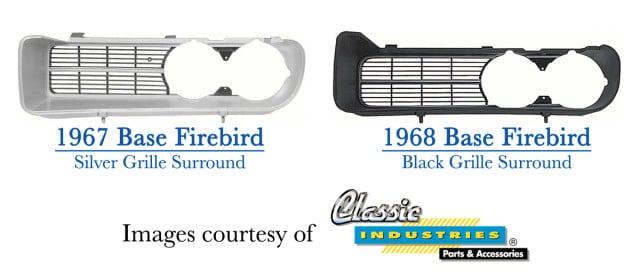
The first two model years shared nearly everything, but some cues, like the grille surround color, help to distinguish one from the other at a glance.
Base Model – Rear Identification
From the rear, the 1967 and 1968 look identical, so the only way we could tell the difference was to look for the side marker lamp, or you can check the fuel door. For 1967 there is a small indent at the bottom to open the door, for 1968 the Firebird emblem is used to open the door. Like the Camaro, 1967 is void of side marker lamps, while 1968 does add a rear side marker lamp in the shape of an arrowhead. For 1969, a “Firebird” rear side marker lamp replaces the arrowhead.
Top: The rear lamps for the 1967 and 1968 are identical, check the fuel door indent for 1967 (left) missing on the 1968 (right).
Bottom: The 1969 rear lamps (left) are shaped different from 1967-68, with the upper lamp narrower than the bottom. The rear side marker is a "Firebird" emblem for 1969 (right).
For all three years of the first gen Firebird, you’ll find a double row of rear lamps on each side. For 1967 and 1968, the upper and lower lenses are the same length, but for 1969 the shape of the lens changes, and the lower lens is slightly longer than the upper lens. You’ll also see the rear fuel door from 1967-’68 disappear on the 1969, as the filler is mounted below the bumper, like it is on the Camaro.
 Firebird 400, Firebird Trans Am
Firebird 400, Firebird Trans Am
The Firebird 400 and Firebird Trans Am were the more popular Firebirds, and had unique cues when compared to the other trim packages. The 400 and Trans Am were actually trim options, and were not separate models. However, just changing a few trim pieces doesn’t make a base model Firebird into a Firebird 400, it takes a few more parts to pull that off, many of them mechanical.
Along with the obvious 400 cubic-inch mill, the Firebird 400 had a special hood with dual scoops and a “400” emblem on the outer side of the scoops, and a 400 emblem on the right side of the trunk lid. The 400 also had an arrowhead in the center of the bumper for all three years.
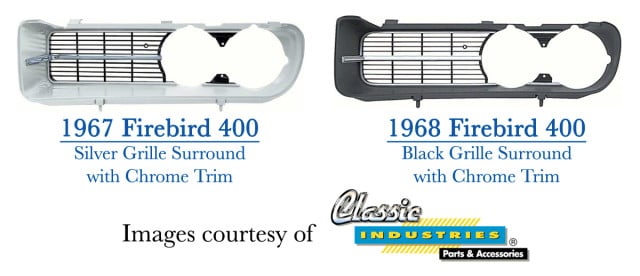
Top: The arrowhead emblem on the center of the bumper identifies the car as a Firebird 400 for all three years.
Bottom: The extended trim strip on the grille for 1967-’68 are also unique to the Firebird 400.
The 1967 and 1968 Firebird 400 grille is similar to the Base model, with ’67 having a silver surround and ’68 having a black surround. However, the 400 has a chrome trim strip in the center of the grille that extends into the surround.
Top: The 400 emblems are unique to the Firebird 400, on the hood scoops and on the trunk lid.
Bottom: You can see the grille center strip extends forward for the Firebird 400 (left), but is missing on all other Firebirds (right).
Like many Camaro owners, some Firebird owners did a little upbadging to their standard Firebirds. Many owners have swapped out the better-looking hood onto their cars, and possibly the emblems; some did so for the looks or to build a clone, while others have done it for the deception. There isn’t a simple way to distinguish a clone from the real thing if they built it properly, and that’s where checking the VIN plate might help. We have seen people trying to pass a car off as an original, this is where the real experts can help.
The Trans Am was a bit unlike the Camaro’s Z/28 option because the Trans Am package didn’t show up until 1969 on the Firebird. Aside from the Trans Am decals and stripes, the Trans Am had a rear deck lid ‘air foil’, and you could get the Trans Am in any color you wanted – as long as it was Cameo White with Tyrol Blue stripes.
Yes, of the 689 coupes and only 8 convertible Trans Ams built for 1969, they were all white. As for the engine and performance packages for Trans Ams and Firebird 400s, those are a bit deeper, and much harder to spot than the visual differences listed above.
It's true, only 697 1969 Firebird Trans Ams made it to production, and every single one of them was white with blue stripes. There was a rumored pre-production model painted silver, but that color never made it to the show room floor on the 1969 Firebird Trans Am.
Classic Industries is a great help with identifying these differences, and provides a full catalog for various GM vehicles. Its team consists of experts who spend hours making sure the catalog is true and correct, and it’s a great resource.
We’ll continue our At A Glance Series with other popular musclecars from the 1950s through the 1970s, with the first generation Mustang coming next. If you want to see one of your favorites, list it below and we’ll get cracking on it.




